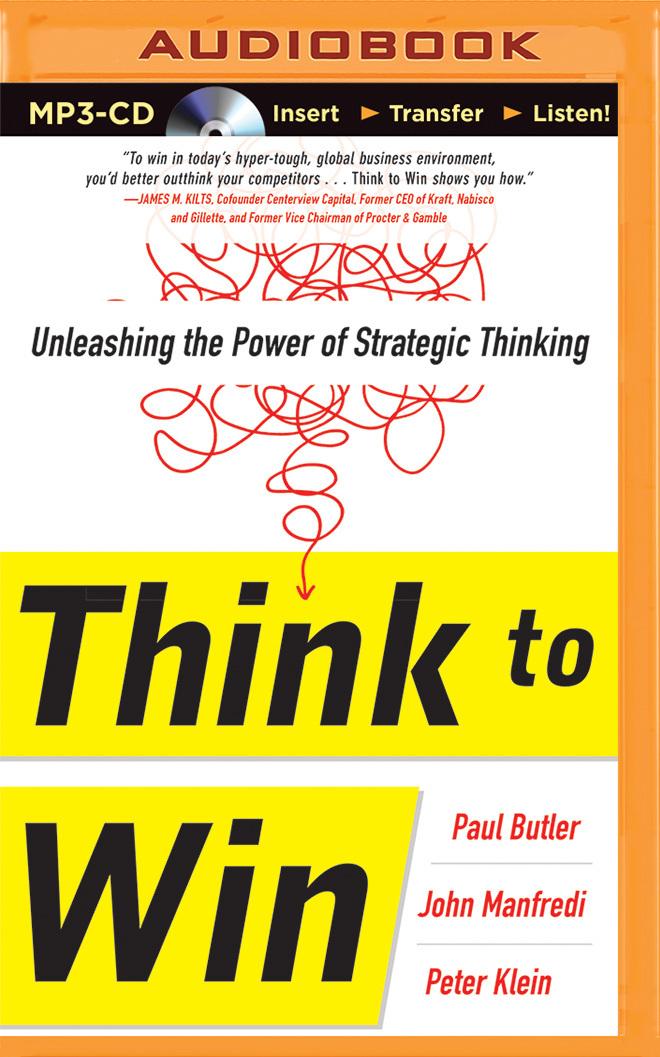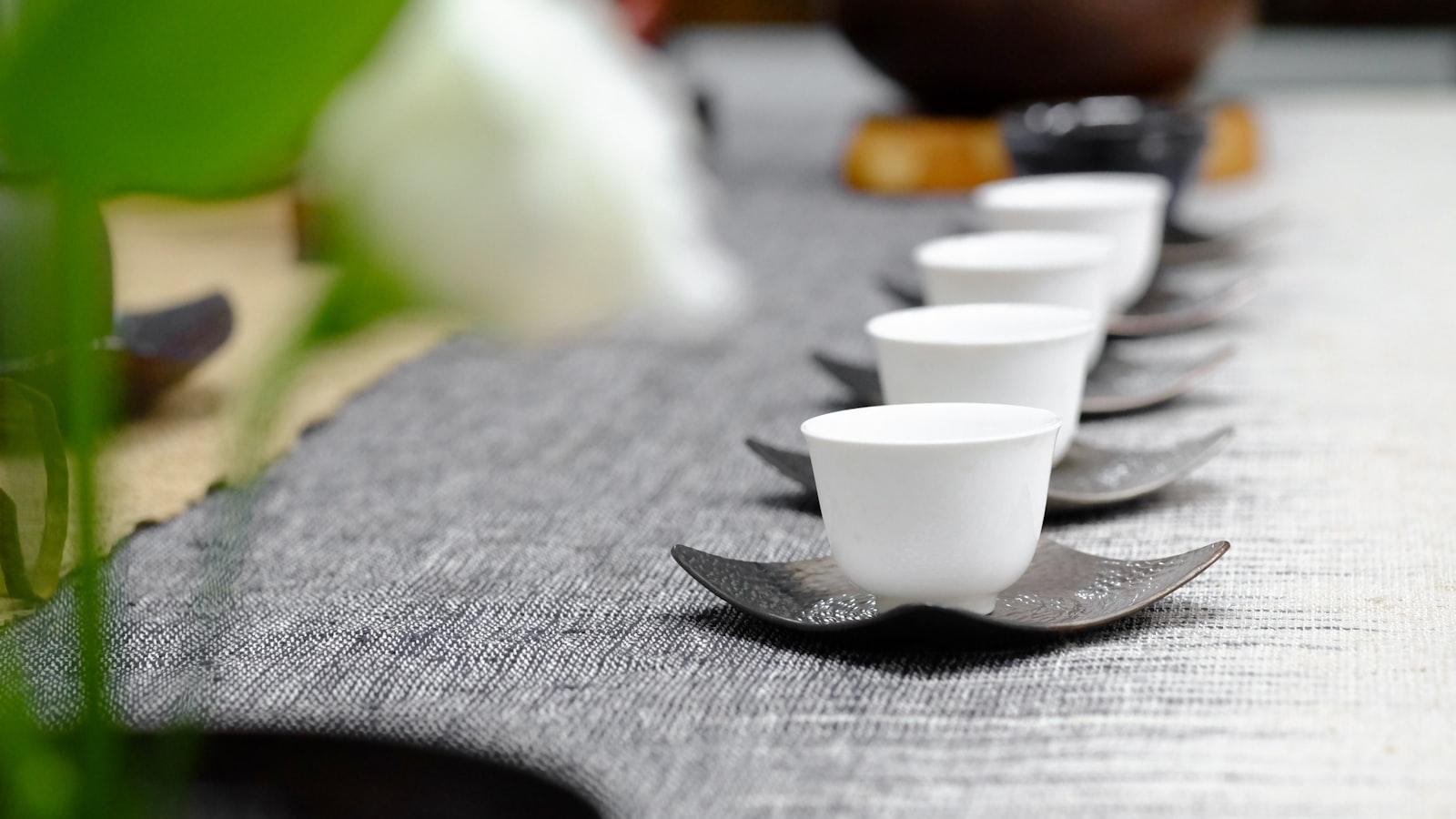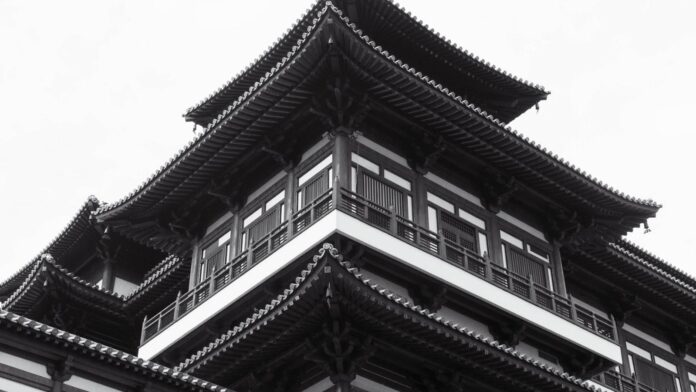In a world constantly striving for innovation and cutting-edge solutions, sometimes we find ourselves looking to the past for guidance. In the realm of holistic healing, Traditional Chinese Medicine (TCM) has stood the test of time as a profound and nuanced system of healthcare. As naturopathic practices continue to gain momentum, drawing inspiration from the wisdom of ages, the integration of TCM into this holistic approach represents a harmonious marriage of ancient traditions and modern treatments. In this article, we delve into the captivating world of Traditional Chinese Medicine in naturopathic practice, exploring the unique perspectives that this ancient discipline brings to our quest for optimal health. From acupuncture to herbal medicine, join us on a journey where the fusion of ancient wisdom and contemporary science propels us towards a more holistic approach to wellbeing.
Ancient Wisdom Reimagined: Embracing Traditional Chinese Medicine in Naturopathic Practice
Traditional Chinese Medicine (TCM) has a rich history that spans over thousands of years, and its principles and practices have been embraced by many naturopathic practitioners. TCM encompasses a holistic approach to health and healing, focusing on the balance of yin and yang energies within the body. This ancient wisdom emphasizes the importance of harmonizing the flow of Qi, or life force energy, to restore and maintain wellness.
In Naturopathic practice, TCM offers a unique perspective that complements other modalities. By integrating TCM techniques such as acupuncture, herbal medicine, and dietary therapy, naturopaths can further enhance their ability to provide personalized and comprehensive care to their patients. Acupuncture, for example, involves the insertion of fine needles at specific points on the body to stimulate the flow of Qi and promote healing. This technique has been found to be effective in addressing various conditions, including pain management, digestive issues, stress, and infertility.
Furthermore, TCM herbal medicine provides a diverse range of botanical remedies that can support the body’s natural healing processes. From ginseng for energy and vitality to chrysanthemum for soothing eye strain, TCM herbs offer a holistic approach to addressing imbalances and promoting overall well-being. Naturopathic practitioners who incorporate TCM into their practice have access to these time-tested remedies, allowing them to tailor treatment plans that address the unique needs and goals of their patients.
In conclusion, embracing Traditional Chinese Medicine in naturopathic practice opens up new avenues for holistic healing and wellness. By drawing upon the ancient wisdom of TCM, naturopaths can provide a comprehensive and personalized approach to healthcare that combines the best of both worlds. With its emphasis on harmony, balance, and natural remedies, TCM offers a valuable framework that can enhance the effectiveness and outcomes of naturopathic treatments. Through the integration of TCM techniques and principles, naturopaths are able to offer their patients a truly holistic approach to health and well-being.
Unleashing the Power of Herbal Remedies: Integrating Traditional Chinese Medicine into Naturopathic Treatments
When it comes to alternative medicine, Traditional Chinese Medicine (TCM) has been gaining recognition and popularity in recent years. With its roots dating back thousands of years, TCM encompasses a comprehensive system of healing that includes various herbal remedies, acupuncture, and dietary therapies. Integrating the principles of TCM into naturopathic treatments can offer a holistic approach to health and well-being.
One of the key elements of TCM is the concept of balancing yin and yang energies within the body. This balance is believed to be essential for maintaining optimal health. Naturopathic practitioners who incorporate TCM may use acupuncture to stimulate specific meridians or channels in the body, helping to restore this balance. Furthermore, the use of herbal remedies derived from plants and minerals is common in TCM and can be utilized by naturopathic doctors to support the body’s natural healing processes. These remedies can be prescribed as teas, powders, or tinctures, targeting specific ailments or imbalances in the body.
- Benefits of integrating TCM into naturopathic treatments:
- Natural approach to healing
- Focus on restoring balance and harmony
- Individualized treatment plans
- Emphasis on preventive medicine
| TCM Treatment | Common Uses |
|---|---|
| Acupuncture | Pain management, stress reduction, fertility support |
| Herbal remedies | Boosting immune system, improving digestion, reducing inflammation |
| Moist heat therapy | Relieving muscle tension, promoting relaxation |
Incorporating TCM into naturopathic practice can provide patients with a wide range of healing modalities that go beyond conventional medicine. By embracing the wisdom of Traditional Chinese Medicine, naturopathic doctors can enhance their ability to address the root causes of illness and promote overall well-being in their patients.
The Art of Balance: Utilizing Acupuncture and Traditional Chinese Medicine to Harmonize the Body’s Energy Flow
Traditional Chinese Medicine (TCM) has been utilized for centuries as a holistic healing approach. Rooted in the principle of maintaining a balance within the body’s energy flow, TCM practitioners focus on harmonizing the yin and yang energies to promote overall well-being. Acupuncture, a key component of TCM, is a treatment method that involves inserting thin needles into specific points along the body’s meridian system. These points are believed to correspond to different organs and systems, helping to restore the energy flow and alleviate various ailments.
In naturopathic practice, TCM and acupuncture are increasingly being incorporated to address a wide range of health concerns. By understanding the body as an interconnected system, naturopathic doctors are able to provide personalized treatment plans that combine both Western and Eastern medicine approaches. The goal is to not only relieve symptoms but also address the underlying causes of imbalance. TCM and acupuncture can be particularly helpful in managing chronic pain, stress, digestive disorders, and hormonal imbalances. Through careful assessment and consultation, a naturopathic doctor can develop a tailored treatment plan that emphasizes the body’s innate ability to heal itself and regain balance.
By integrating the principles of TCM and acupuncture into naturopathic practice, patients experience a comprehensive approach to their health and well-being. Whether used on their own or in conjunction with other treatments, acupuncture and TCM provide a unique perspective on health and healing. Emphasizing the importance of energy flow and balance, these ancient practices offer a holistic approach to address the root causes of illness. Through regular sessions with a skilled naturopathic doctor, individuals can restore and maintain harmony within their body, resulting in improved overall health and vitality.
Unlocking Vitality: Adopting Traditional Chinese Medicine Principles for Holistic Healing
Traditional Chinese Medicine (TCM) has a rich history spanning over thousands of years, and its principles have found a place in various holistic healing practices worldwide. When it comes to naturopathic practice, integrating TCM principles can unlock a whole new level of vitality and well-being. By harnessing the wisdom of TCM, naturopaths can provide a more comprehensive and personalized approach to healing.
One fundamental principle of TCM is the concept of Qi, the vital energy that flows through our bodies. By understanding and balancing the Qi, naturopaths can address not only physical ailments but also emotional and mental imbalances. Adopting TCM principles in naturopathic practice emphasizes the importance of treating the root cause of the ailment rather than focusing solely on the symptoms.
- TCM recognizes the body as an interconnected whole, where each organ and system influences the others. By considering the interplay of these systems, naturopaths can develop holistic treatment plans.
- The Five Elements theory in TCM provides a framework to assess physical, emotional, and mental imbalances by categorizing them into Wood, Fire, Earth, Metal, and Water elements. Understanding these elements helps naturopaths guide their patients towards achieving balance.
- TCM incorporates various modalities like acupuncture, herbal medicine, and dietary therapy. These natural interventions can be seamlessly integrated into naturopathic practice, complementing other treatment methods while maximizing overall outcomes.
Incorporating TCM principles into naturopathic practice offers a more holistic perspective, empowering both practitioners and patients to take charge of their health journey. By embracing the wisdom of Traditional Chinese Medicine, naturopaths can unlock the full potential of vitality and well-being in their patients.
| Element | Imbalance | Therapy |
|---|---|---|
| Wood | Excessive anger and frustration | Acupuncture to balance Liver meridian |
| Fire | Insomnia and anxiety | Herbal medicine for heart and small intestine |
| Earth | Digestive issues | Dietary therapy focusing on spleen-strengthening foods |
Closing Remarks
As we bring this journey through the realms of Traditional Chinese Medicine and its integration into naturopathic practice to a close, it becomes clear that the ancient wisdom of the East has found a vibrant home within the expanding scope of holistic healthcare. Our exploration has taken us from the mesmerizing landscapes of ancient China to the bustling clinics of present-day naturopathic practitioners, weaving together threads of tradition and innovation.
Traditional Chinese Medicine, with its rich tapestry of herbs, acupuncture, and energetic frameworks, has become an invaluable tool for many naturopaths seeking a comprehensive approach to healing. The blending of ancient understanding with modern science is a testament to the adaptability and resilience of these time-honored practices.
As we bid farewell, it’s important to acknowledge that Traditional Chinese Medicine’s integration into naturopathic practice is not without its challenges. The delicate balance between preservation and transformation must be skillfully navigated, ensuring that core principles are respected while embracing the evolving needs of patients in our contemporary world.
Looking towards the horizon, one can’t help but wonder about the endless possibilities this integration holds. As research further unveils the intricate mechanisms behind the practices of Traditional Chinese Medicine, its potential to revolutionize the field of naturopathy becomes increasingly apparent. Perhaps one day, the intricate patterns of meridians and the complexities of yin and yang will be universally understood and embraced as fundamental aspects of holistic healthcare.
In a world of endless choices and approaches to health and wellness, the inclusion of Traditional Chinese Medicine into naturopathic practice serves as a testament to the power of unity. Together, these two disciplines create a tapestry where ancient wisdom intertwines with contemporary knowledge, offering patients a holistic tapestry of healing possibilities.
So, as we conclude this journey, we are reminded that the integration of Traditional Chinese Medicine into naturopathic practice is more than just a fusion of methodologies. It is an invitation to explore the synergies of the East and the West, celebrating diverse perspectives and ultimately enriching our understanding of what it truly means to achieve optimal health and well-being.
Let us embark on future endeavors with an open mind, paying homage to the wisdom of the past while embarking on a path of continuous discovery. For as our understanding of health deepens, so too does our ability to craft comprehensive and individualized approaches that honor the intricate nature of healing.
In this ever-evolving landscape of healthcare, may the integration of Traditional Chinese Medicine into naturopathic practice be a source of inspiration, offering a harmonious blend of ancient wisdom and modern innovation, as we journey towards a future brimming with possibility.



